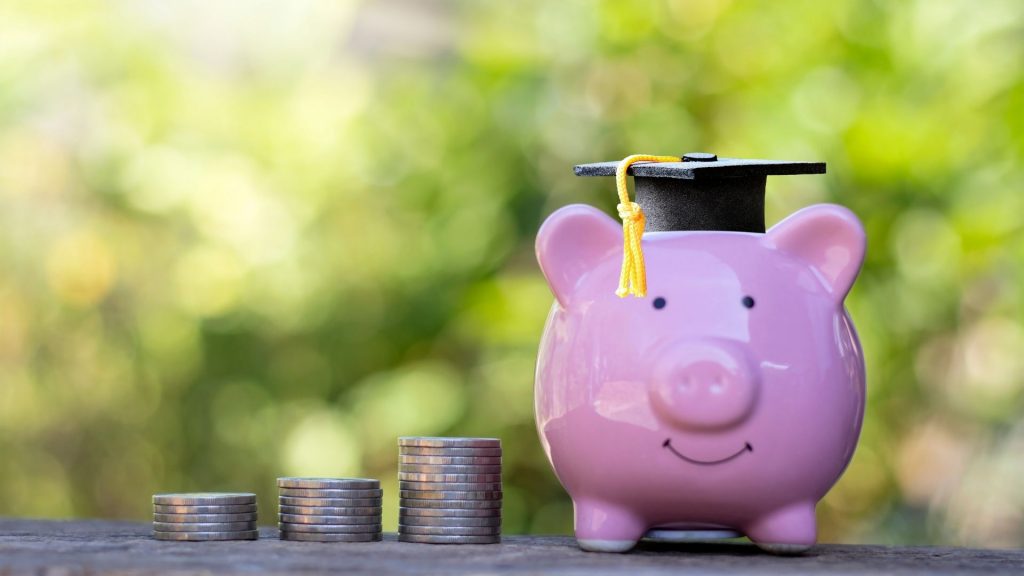Who Benefits The Most From Student Loan Forgiveness?
Now that the Biden administration has laid out plans for student loan relief, which American's will benefit the most?

President Biden officially announced his plan to wipe a portion of student loan borrowers’ debt last week. With the decision looming for quite some time, Americans have fervently fought for and against this measure for a wide array of reasons. One of the biggest reservations many opponents of student loan relief hold is the concern over who would profit from it. Now that the details are laid out, it is better understood who is reaping the benefits the most.
Student loan relief is helping millions of Americans, but it appears to be aiding Black borrowers, females, those without a four-year degree, and Americans making less than $75,000 annually the most. This is according to information recently released by Axios. This finding varies from previously conceived notions on which Americans would be most affected by debt cancellation.
The majority (90%) of all borrowers eligible for student loan relief make less than $75,000. This finding is counterintuitive to a longstanding belief that debt cancellation would have disproportionately benefited the wealthiest Americans. A popular reason for many to oppose the act, this notion pointed to the fact that the highest income earners held about twice the student loan balances as the lowest income groups. However, when Biden enacted an income gap set at $125,000, this made sure that those borrowers already with the means and wealth to pay off their debt would not be able to benefit. Likewise, these previous sentiments typically looked at blanket forgiveness, meaning a measure that would have erased borrowers’ entire debt, not just a portion of it.
What’s more, a large portion of debtors that qualify for student loan relief never obtained a four-year degree. This means that a large chunk of benefactors make less money, as those without a bachelor’s degree make significantly less income. This goes against the longstanding rhetoric that often led naysayers against debt cancellation to quote these individuals as being high-income “latte-sipping elites.”
Additionally, data collected from the White House statistics on student loan relief suggests that at least one-third of those affected do not hold any degree. This resonates with the massive amount of crippling debt many students cite carrying after being falsely led promises by schools. In fact, Black borrowers fared far worse with student loan debt than others. The average Black borrower will still owe 95% on their student loan two decades after first attending college, whereas the typical white borrower would only owe about 6% at that same time.
Two-thirds of the total student loan debt owed in the nation is owned by females, which means women are significantly impacted by the student loan relief initiative. And once again, when taking race into factor, Black women hold the most in this group. While great strides have been made in movements for equal pay, women still lag behind men. This means that female borrowers are more likely to take longer to pay back their student loans, driving the balance up because of high-interest rates.

While it is now known which Americans will benefit the most from student loan relief, it is important to remember that this new act does little to make a dent in the overall pool of money owed on these types of loans. Some 45 million borrowers currently owe a total of $1.6 trillion in debt. The average balance held by an American is about $37,667, which means that the $10,000 cancellation (or $20,000 for pell grant recipients) may only decrease balances by a small portion.







